The Rise and Fall and Rise and Fall (and Rise and Fall?) of Downtown Duluth’s Fifth Avenue West
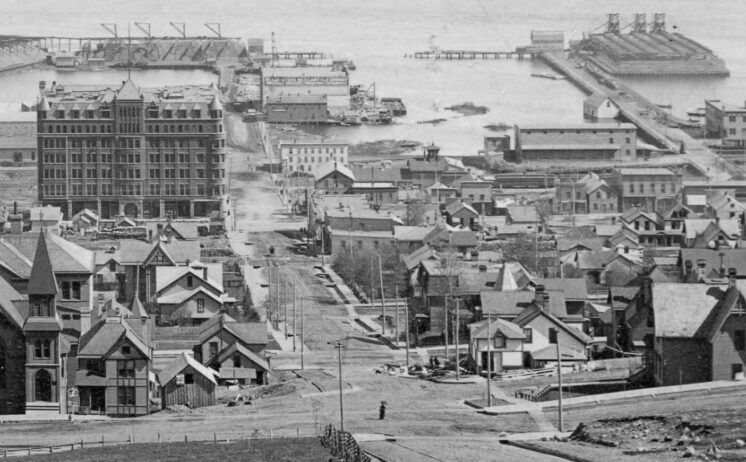
Looking down Fifth Avenue West toward Duluth’s Spalding Hotel in 1889. University of Minnesota Duluth, Kathryn A. Martin Library, Northeast Minnesota Historical Collections
A few weeks ago, David Beard wrote a post on the future of the plaza next to the Ordean Building, noting plans for it to be sold to a private developer in conjunction with a future housing project. I recently wrote a rather long post about Gunnar Birkerts, the architect of the Duluth Public Library, and because his firm also designed the plaza, I ended up with enough information about this project that I thought it might be worthy of a follow-up post on the history of the Fifth Avenue Mall, a name so forgotten that a 2015 Perfect Duluth Day post referencing the mall clarifies that the word ‘mall’ as used here is “not about a shopping mall, but instead something like the decorative median with trees that stands in the middle of the avenue today.”
Understanding how the Fifth Avenue Mall became a forgotten concept requires understanding a bit about what led up to it. When the Fifth Avenue Mall opened on July 2, 1971, the Duluth Herald provided this origin story:
A more beautiful Fifth Avenue West, once a dream of a few Duluth residents, is now a reality. In the Spring of 1965, three Duluth women [Miss Carolyn Marshall, Miss Julia Marshall and Mrs. Dorothy H. Congdon], among others began thinking something should be done to ‘open up the Civic Center’ for the time when the freeway would pass through the area. At that time the old Lyceum, the Holland Hotel and the Fifth Avenue Hotel blocked the view up the avenue.
The article doesn’t mention the Spalding Hotel because that had been torn down just a few years earlier as part of the same renewal project that brought down the other buildings, but when the Spalding went up in 1889, it became the first grand building of Fifth Avenue West, finished three years before the Union Depot itself and going up 20 years before any building in the civic center complex.
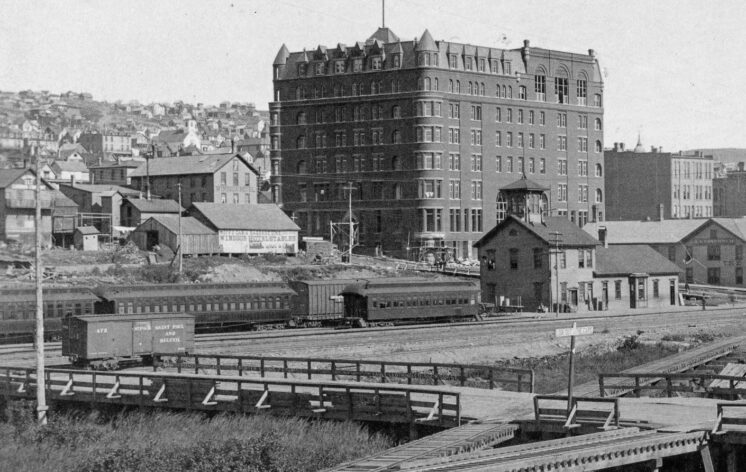
The Spalding nearing completion in 1888. University of Minnesota Duluth, Kathryn A. Martin Library, Northeast Minnesota Historical Collections
The Spalding, opening as the most luxurious hotel in the city, soon became a landmark not only for tourists but for the business and social life of Duluth itself. With its grand lobby, the largest barroom in the city, a rooftop pavilion, and several dining rooms, it hosted countless events throughout its existence.
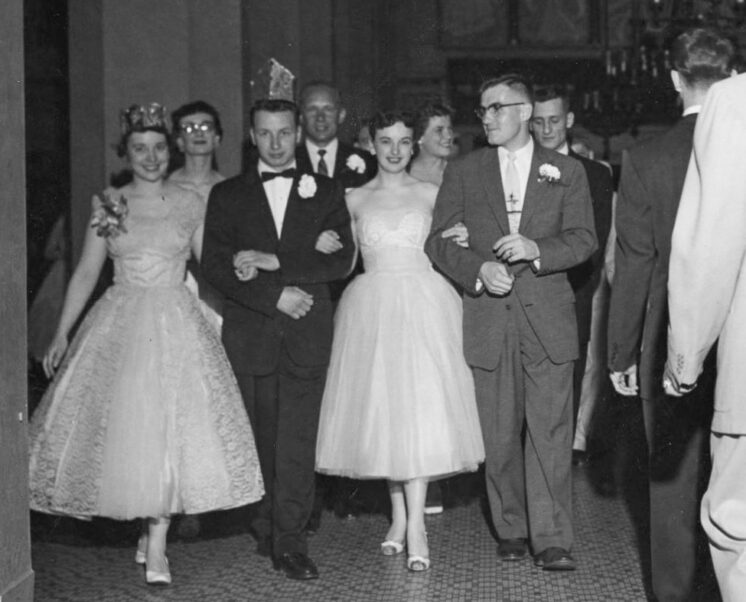
The Rheumatic Fever Charity Ball, Spalding Hotel, Feb. 3, 1956. The College of St. Scholastica archives.
The construction of the Spalding Hotel was followed just two years later by the construction of an even grander building directly across the street: The Lyceum Theatre.
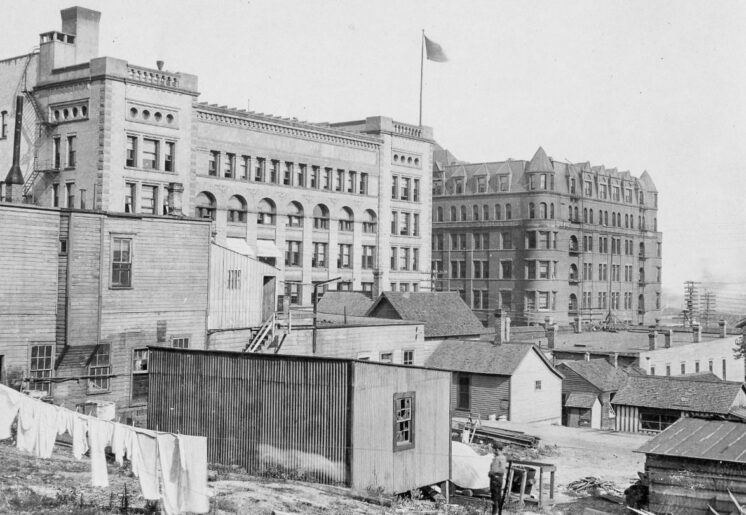
The Spalding Hotel, the Lyceum Theater and a line of freshly washed clothes, 1893. University of Minnesota Duluth, Kathryn A. Martin Library, Northeast Minnesota Historical Collections
The Lyceum auditorium had a 1,500 seat performance hall and the second largest stage in the Midwest.
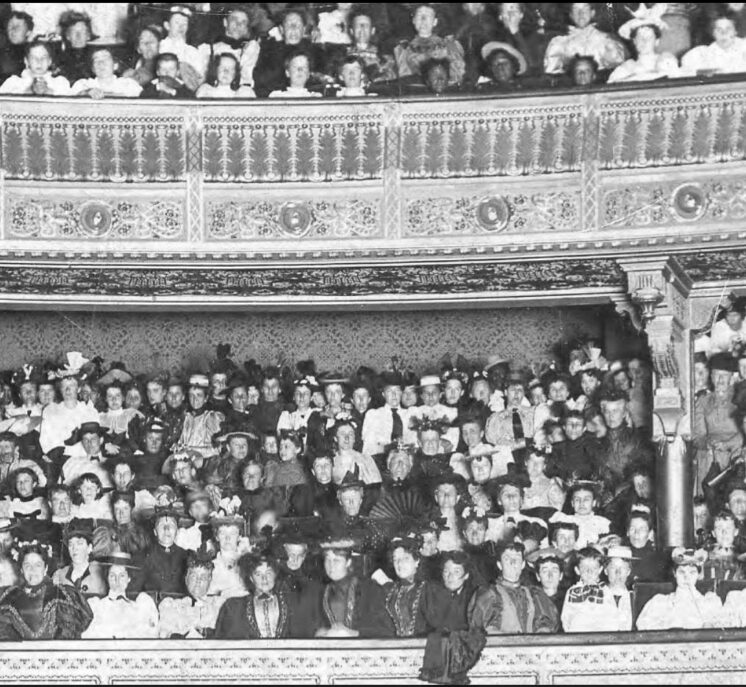
Balconies of the Lyceum Theater, 1896. University of Minnesota Duluth, Kathryn A. Martin Library, Northeast Minnesota Historical Collections
Its façade featured the comedy and tragedy masks now on display at the Duluth Depot and the bronze lions now guarding the entrance of the Duluth zoo.
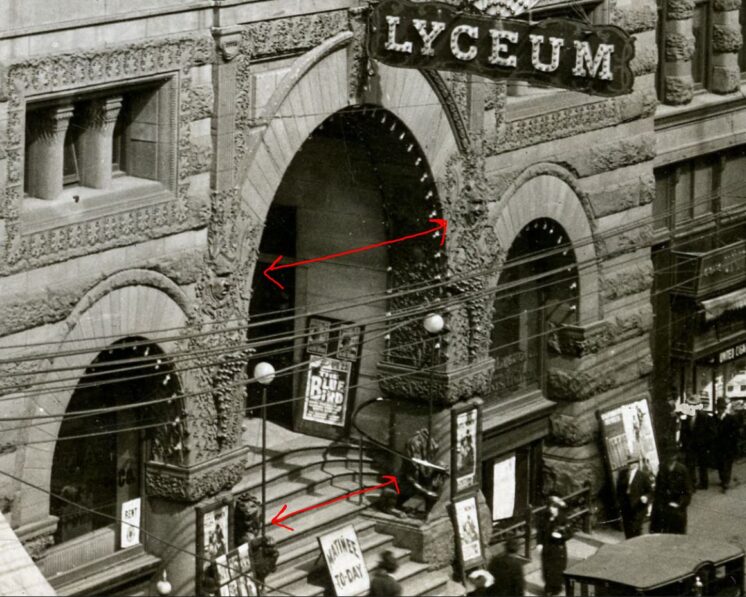
Comedy, tragedy and lions — the remnants of the Lyceum Theater. University of Minnesota Duluth, Kathryn A. Martin Library, Northeast Minnesota Historical Collections
Across the street from the Lyceum and catty corner from the Spalding, the Holland Hotel came next in 1910, opening three months before the Soo Line Station started bringing guests into the city by train just down the block.
The Holland wasn’t quite as fancy as the Spalding, with only half the rooms having their own bathrooms. The hotel’s restaurant, the Holland House Café, however, featured a large dining room covered with murals of Lake Superior and was a popular place for business lunches and fancy dinners. In 1920 the owner of the Spalding bought the Holland Hotel and connected the two with an underground tunnel for employees, turning the corner into a complex.
The final building on the corner of Fifth Avenue West and Superior Street was the aptly named Fifth Avenue Hotel, directly across from the Holland Hotel.
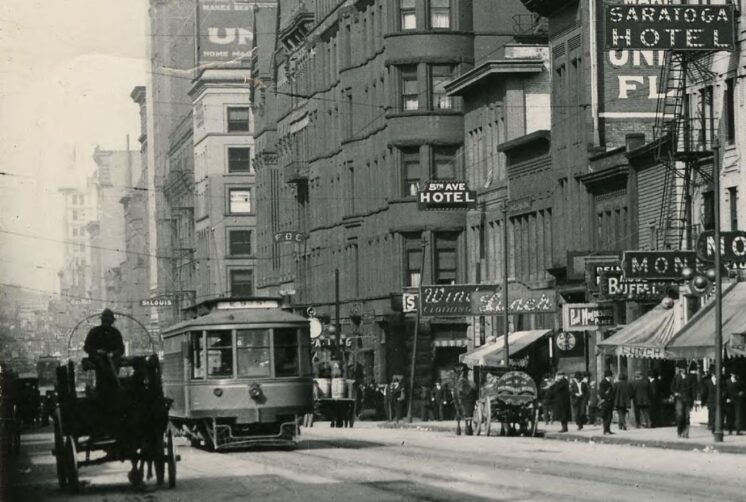
The Fifth Avenue Hotel on Superior Street and … Fifth Avenue. University of Minnesota Duluth, Kathryn A. Martin Library, Northeast Minnesota Historical Collections
A three story building whose small stature and generic name makes it hard to find information about, the Fifth Avenue Hotel featured the New Yorker Patio Restaurant, subject of a PDD post a few years ago.
The Fifth Avenue Hotel was located adjacent to Green’s Crystal Terrace, a place that shall be forever known as where the Urban Legend himself, Ron Urban, performed his first professional solo show in 1957. In this later act, the Duluth influence on his performance style remains clear:
But already by 1957, the intersection of Fifth Avenue West and Superior Street was no longer the place to be for Duluth’s high society, and even Ron Urban’s magic was not enough to magically transform what had become Duluth’s bowery district into an area that anyone wanted to preserve.
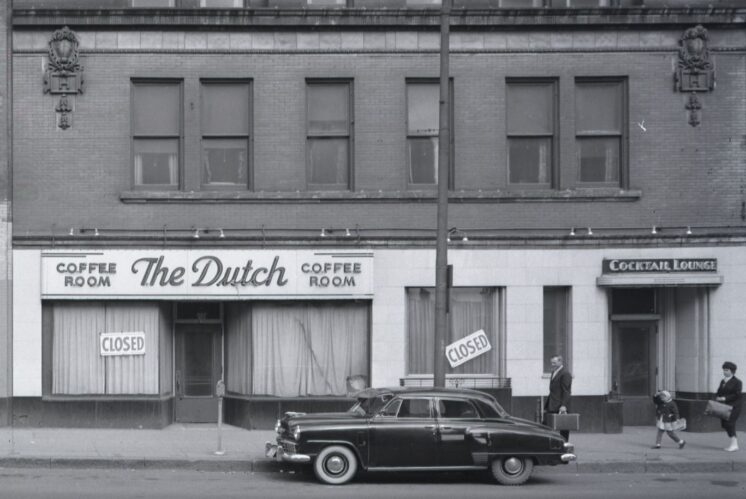
The Holland Hotel in 1963. University of Minnesota Duluth, Kathryn A. Martin Library, Northeast Minnesota Historical Collections
The Lyceum Theater turned into a discount movie theater before being razed in 1966. Before being demolished in 1963 and 1966, respectively, the Spalding and Holland both turned into residential hotels. Their loss, along with the many other residential hotels that went down with the Gateway Renewal Project, meant the end of the only housing option affordable to many people and the beginning of a still ongoing search for other options. The Fifth Avenue West Hotel went down around the same time as its neighbors, Green’s Crystal Terrace and Club Saratoga in its original location (the history section of Club Saratoga’s website notes its current location features the glass backlit panels of the Crystal Terrace, adding them to the list of places preserving remnants of Duluth’s bowery district).
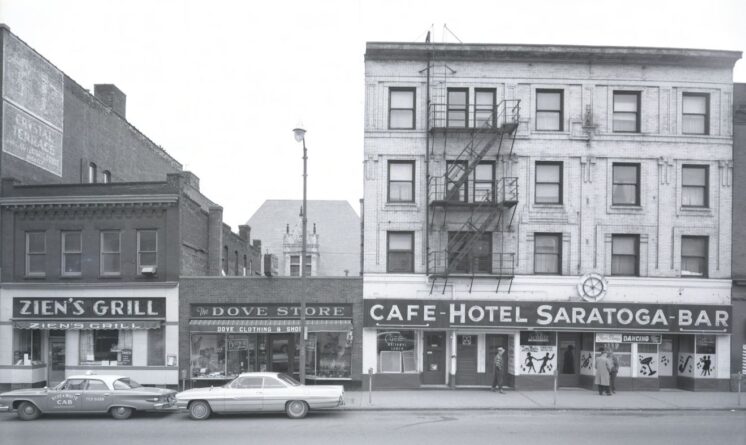
Club Saratoga with the wall of Green’s Crystal Terrace on the far left, 1963. University of Minnesota Duluth, Kathryn A. Martin Library, Northeast Minnesota Historical Collections
And six years later, the Fifth Avenue Mall opened, designed by Gunnar Birkerts and Associates and ultimately funded by $100,000 in state aid and a $383,000 federal grant from the Gateway Renewal project. The project was heralded as a new age of progress for downtown.
The two aerial photos below from 1961 and 1972 show what that progress looked like:
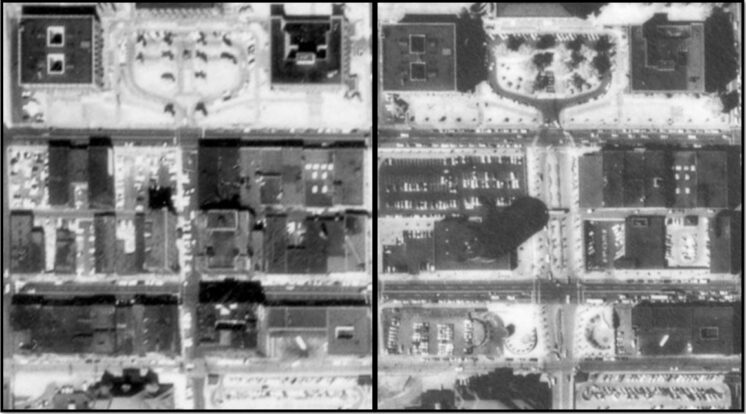
An aerial view of Fifth Avenue West in 1961 and 1972. Minnesota Historical Aerial Photographs Online
As noted at the start of this post, the mall would not have happened without the efforts of the three women whose names still appear on the plaque in the east plaza: Carolyn Marshall, Julia Marshall and Dorothy Congdon (or, in the parlance of the day, Mrs. Edward C. Congdon). All women of wealth, they planned on financing the project themselves before funding became available through the Gateway Renewal Project. They had traveled the world and thought Duluth rivaled any city on the planet in natural beauty but the current cityscape wasn’t properly complementing that natural beauty. Creating a mall on Fifth Avenue West would provide a vista to the City Beautiful architecture of the civic center in one direction and the natural beauty of the lake in the other.
If you find it unusual that at this time three women took the lead on a major city project, the Duluth Herald did as well, asking them if women by nature are more aware of beauty in their surroundings than men. The article gives the following answer:
Mrs. Congdon observed that ‘women often have a little more time to dream’ and then, in reference to the mall development, she emphasized that the plan could not have been realized without the advice, knowledge and talents of the many men whose contributions meant so much in activating the project. ‘The sexes complement each other,’ she said.
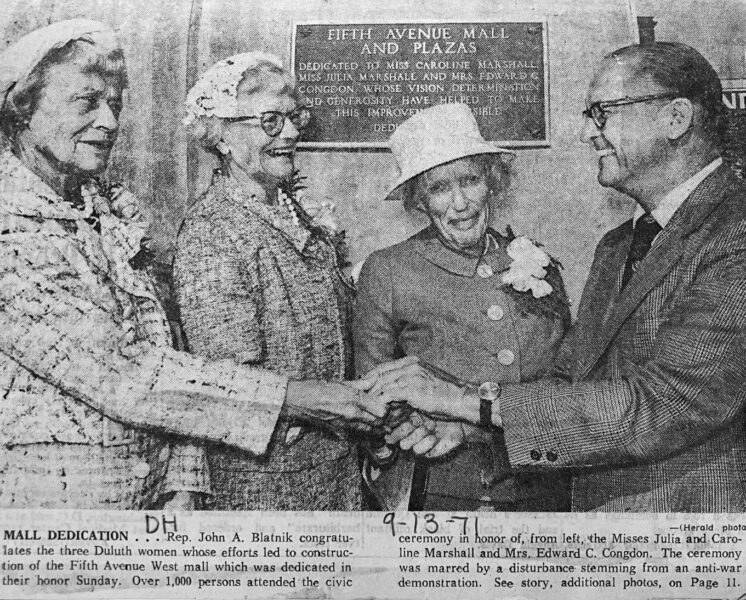
Carolyn Marshall, Julia Marshall and Dorothy Congdon being honored for their accomplishments in creating the new public space.
The first step in this project dreamt up by women and advised on by men was the widening of Fifth Avenue West. Two plazas were the installed: an east one with seating and a west one with support structures in preparation for the new city library. The mall was decorated with a number of notable details. Low downward directing street lights were added to accentuate the trees and sidewalks, with a space for no parking notices that “provided a European effect in signing” according to one of the advising men.
Those lighting elements remain on Fifth Avenue West although they now largely go unnoticed, perhaps because the passage of time and the absence of signage have diminished their European effect.
Blocks of granite around the trees and at the edges of pedestrian areas, designed to be “reminiscent of cobblestones,” have held up better.
When the mall finally opened on Sept. 12, 1971, it was a pretty big deal, and not just because the mayor was there with free refreshments.
Or because the mall was closed to traffic for the day. Or because Dottie Becker, the host of KDAL-TV’s noontime show Town and Country, presided over the event as mistress of ceremonies.
Or because people could choose between six local bands offering music for every taste: The Arrangement (rock-oriented dance), Duluth Accordionaires (Broadway show tunes, played on the accordion presumably), the Duluth Musicians Association Band (known for its city summer concert series), the Mod Minstrels (old English ballads and rock hits sung by St. Scholastica students), the Proctor Civic Band (Proctor High School students and alums) and the Sweet Adelines (women’s Barbershop quartet-style singing).
While all of the above made for a memorable afternoon, the event that received the most attention was ten local youths being arrested for disorderly conduct when they took the opportunity of the mall opening to protest the Vietnam War.
The three women who spent so much time and effort creating the Fifth Avenue Mall did so because they hoped it would serve as a reminder of “the importance of preserving natural grandeur for today’s children, their children, and grandchildren.” One might imagine they would be a bit displeased by a chunk of their project being rather unceremoniously broken off as those grandchildren were growing up. There is, however, evidence to suggest otherwise.
According to a News Tribune article written at the time of the plaza’s completion, when the women who spearheaded the project were asked about how they saw its future, they said they envisioned “the establishment of a cultural center in the old Union Depot, the proposed new library, and possibly a new office building in the present location of the east plaza between Superior Street and Michigan Street.” While the new project is not exactly what they proposed, they did envision future development in that space.
Their future vision seems to have taken place approximately as they envisioned, but they probably imagined that final development coming about as a result of how their work revitalized the area, not because that part of their plaza could be bought up quite cheaply after the area had once again fallen into a decline. Their envisioned cultural center in the Depot is struggling, with the Duluth Art institute on its way out and the St. Louis County Commissioners looking for ways to implement “a significant reduction in funding” for the St. Louis County Historical Society. The library that was yet to be built when the plaza opened is on its way to being torn down, not only because of issues related to deferred maintenance but also because the poor sightlines make it difficult to prevent drug use within the library.
The Duluth News Tribune in describing the transfer of the plaza land from public to private ownership notes the director of Duluth’s planning and economic division said “the plaza will be sold to Titanium at its appraised value and will not constitute any sort of public subsidy.” According to the agreement in the post from a few weeks ago, that value was $29,500.
The sale price, about the same as a vacant lot on the edge of the city, does seem like it might reflect the current value of their beautification project, as no one really seems to be aware it exists. The Duluth News Tribune article never even mentions the Fifth Avenue Mall or how the plaza next to the Ordean building is a part of it. The plaza’s one sentence introduction contains the entirety of the cultural and historical context provided by the article: “a city-owned public plaza located next door to the Ordean Building, constructed in 1972.”
The main focus of the article is on how the project to convert the office building into housing and add retail to the development reflects the city’s plan to “rejuvenate the downtown.” In the 1960s, the low-income housing provided by the residential hotels on Fifth Avenue West was creating public health and safety issues and needed to be removed in order to revitalize downtown. Sixty years later, the return of housing on that corner was announced by the mayor stating:
You take care of where you live, you take care of your neighborhood. So bringing more people into experiencing downtown as a neighborhood, is one of the best ways we take care of it and keep it feeling safe.
Because the new development will not be built with any public funds, it is not required to offer any affordable housing. The new residents that occupy the site of the former Spalding will likely earn higher incomes than those evicted from it when it was torn down, although they will likely earn lower incomes than the guests it received when it was first built.
The developer notes that the Northern Lights Express, when completed, will “carry passengers practically to the Ordean Building’s doorstep,” which is true. It will be about the same distance that the Holland Hotel was from the Soo Line Station, which isn’t the only way the new project reflects on past efforts. In discussing replacing the east plaza constructed in 1971 the mayor described it as a part of the plan “to activate the downtown.”
The developer of the new project has promised that what is done with the soon to be privately owned plaza on the corner of Fifth Avenue West and Superior Street will be as “Instagrammable as you can imagine,” making it the third time that this corner has been envisioned as the premier location of Duluth. And perhaps it will be again. And then perhaps, if history is any indication, it will then not be again.
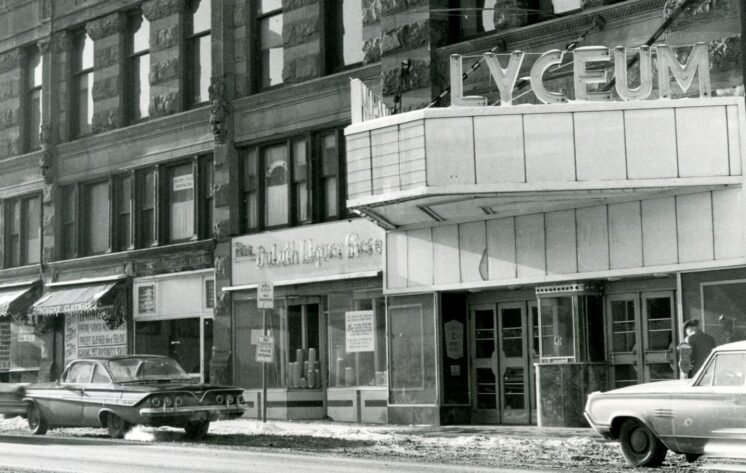
The Lyceum Theater, 1966, shortly before demolition. University of Minnesota Duluth, Kathryn A. Martin Library, Northeast Minnesota Historical Collections
Note: Research help and materials for this post were provided by Gina Temple-Rhodes, independent local historian.
Recommended Links:
Leave a Comment
Only registered members can post a comment , Login / Register Here


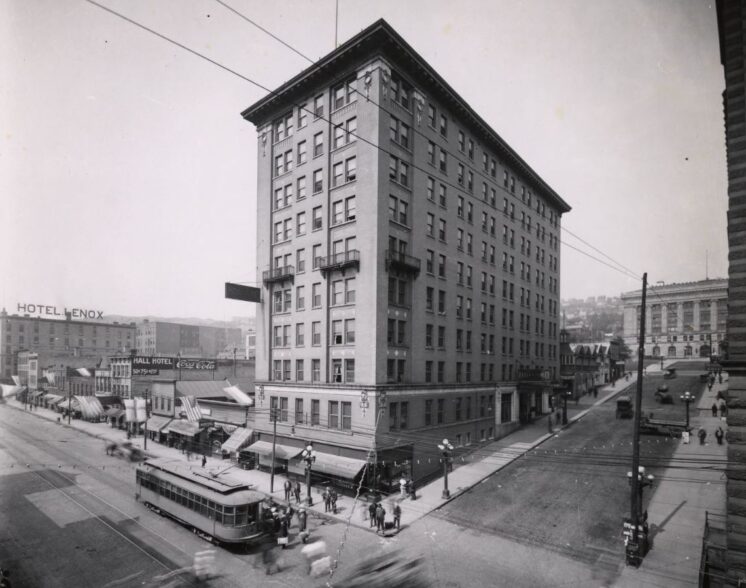
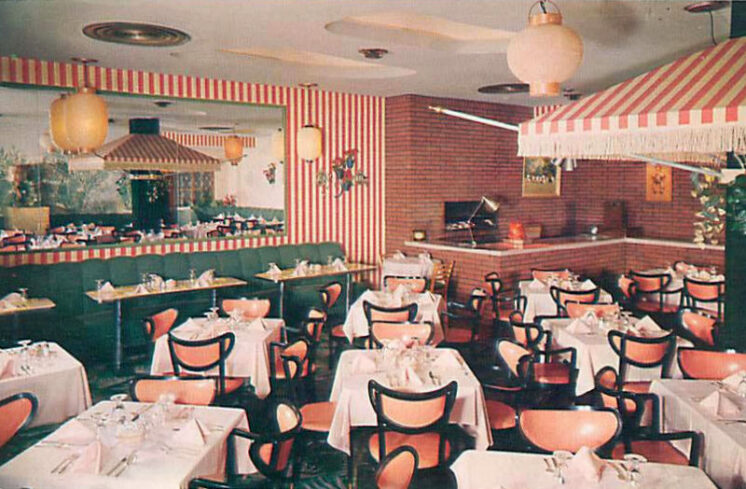
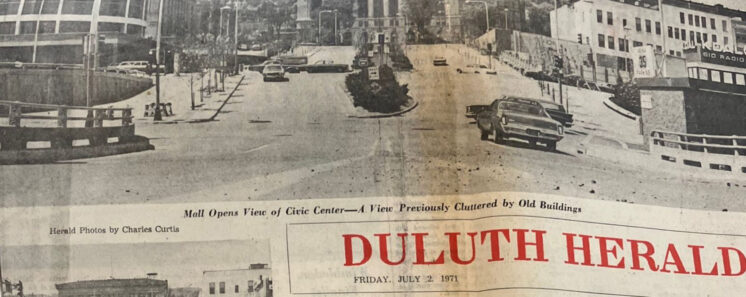
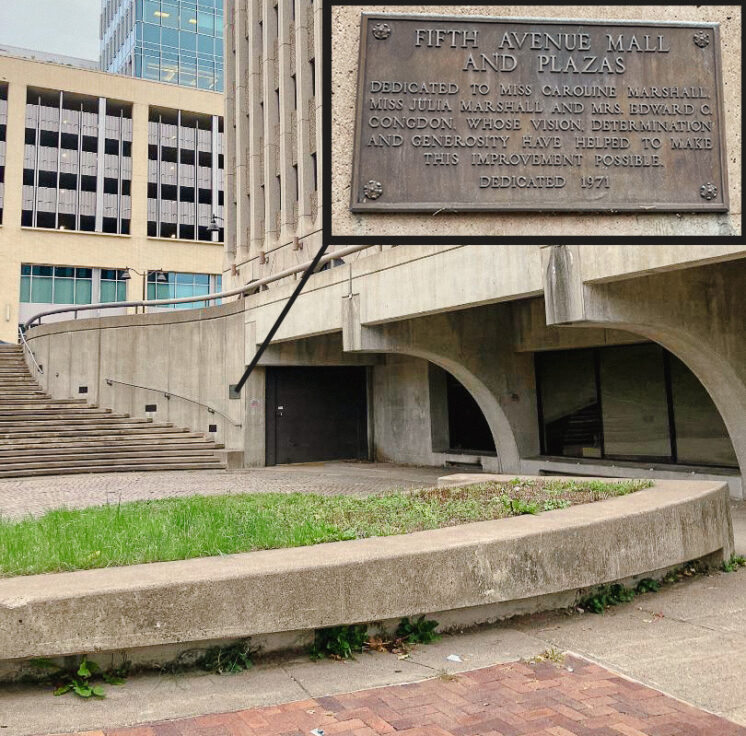
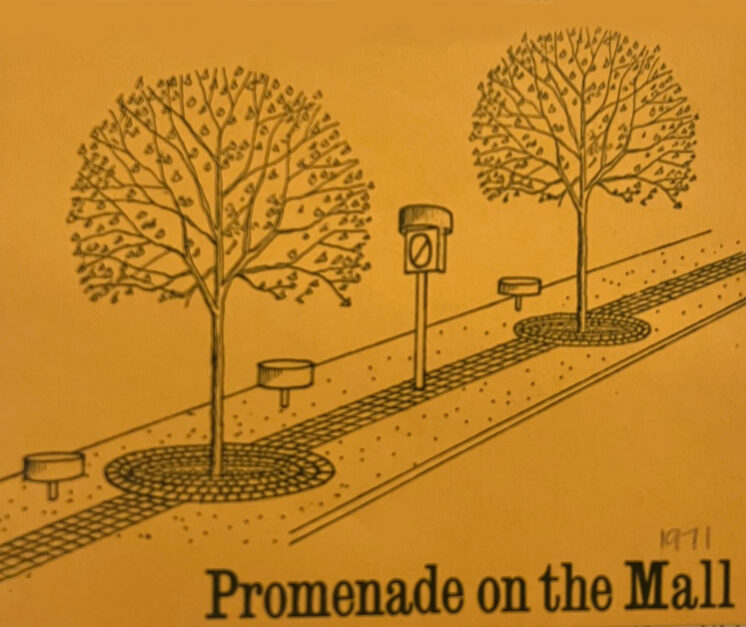
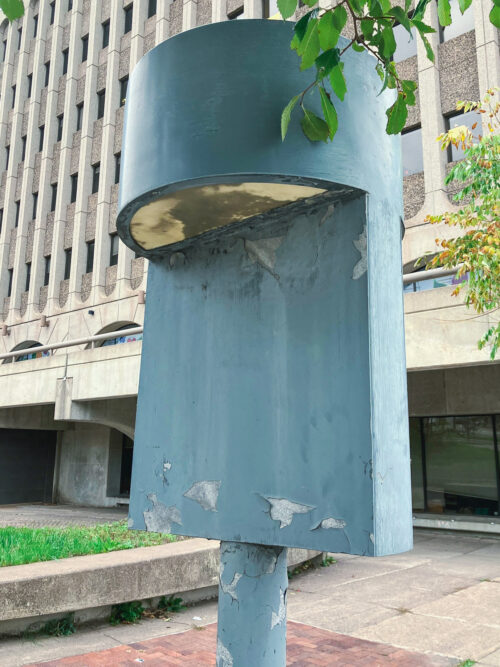
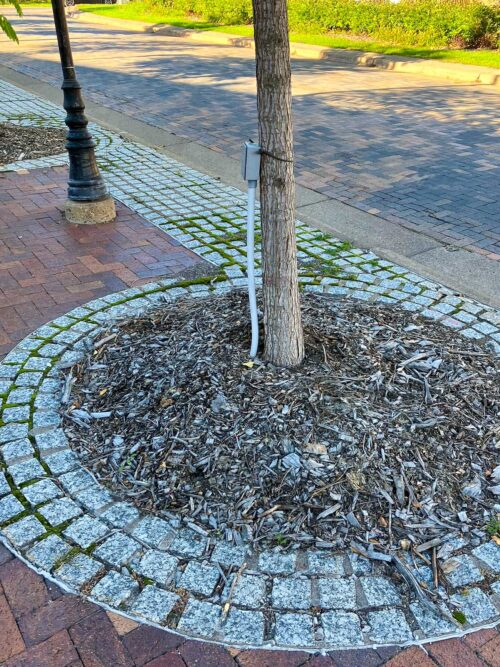
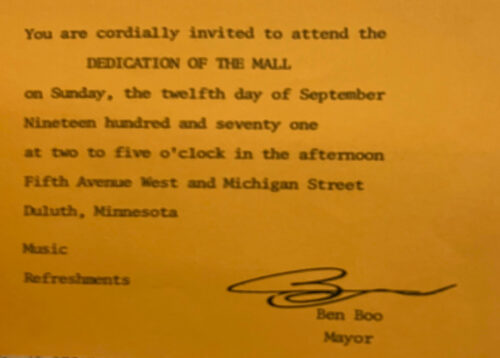
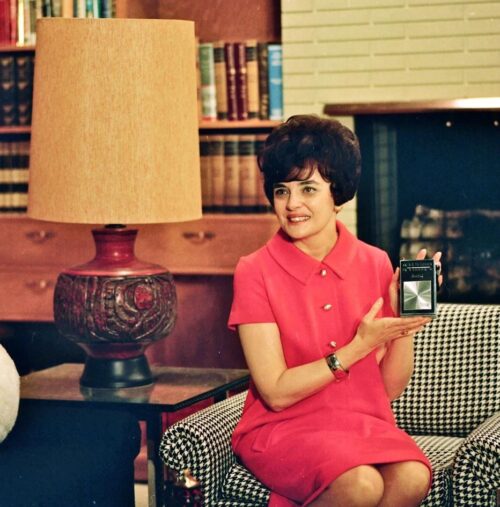
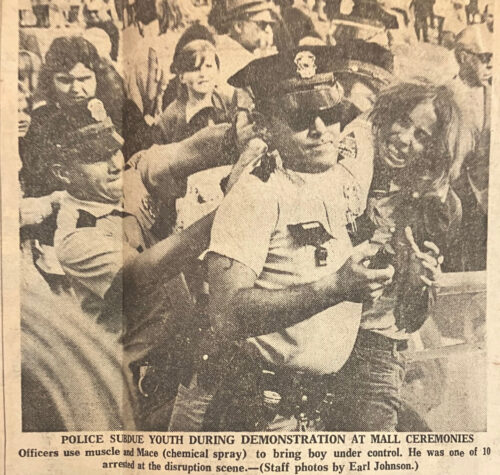
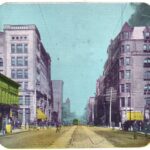
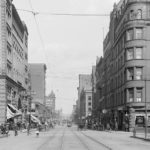

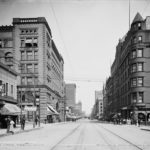








7 Comments
David Beard
about 7 months agoDuluthisfun
about 7 months agodialacroc
about 7 months agoTony D.
about 7 months agoMatthew James
about 7 months agoAndy Goes
about 7 months agoMatthew James
about 7 months ago